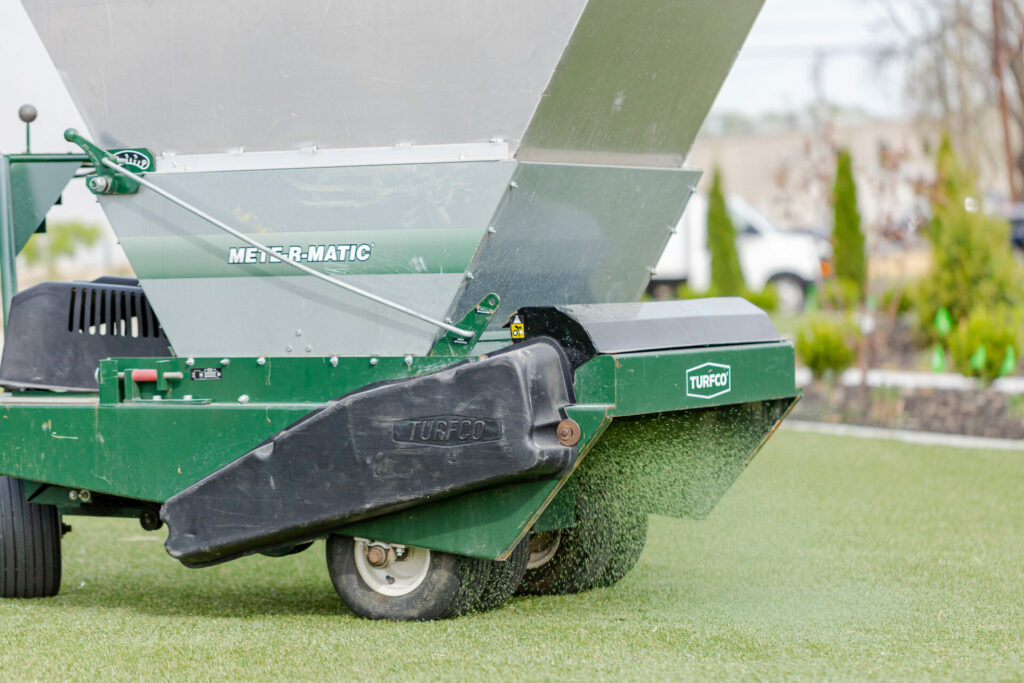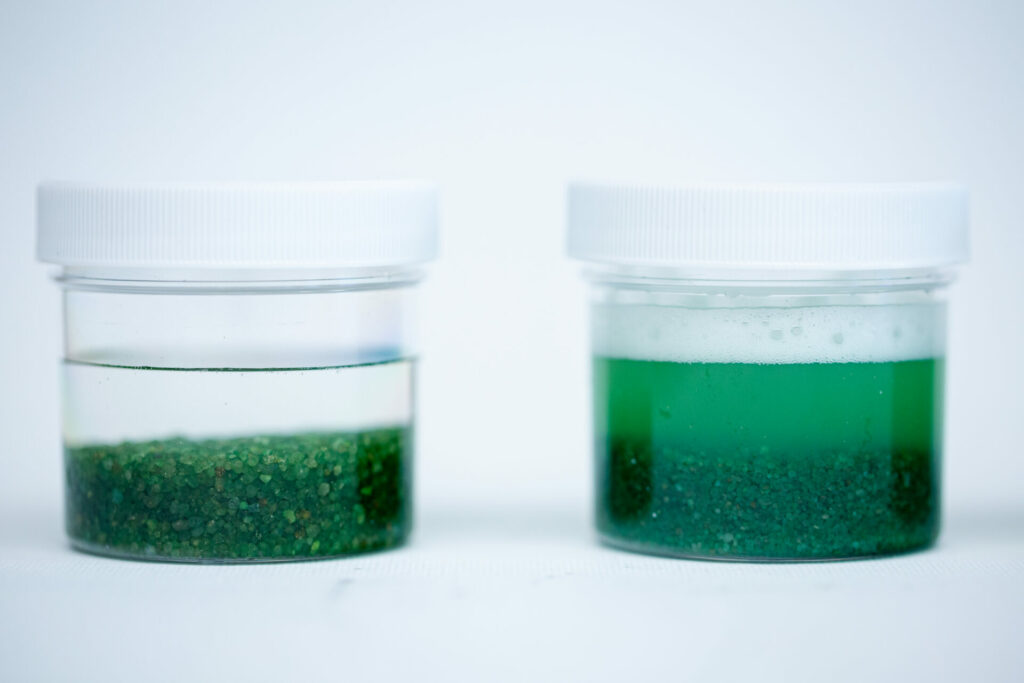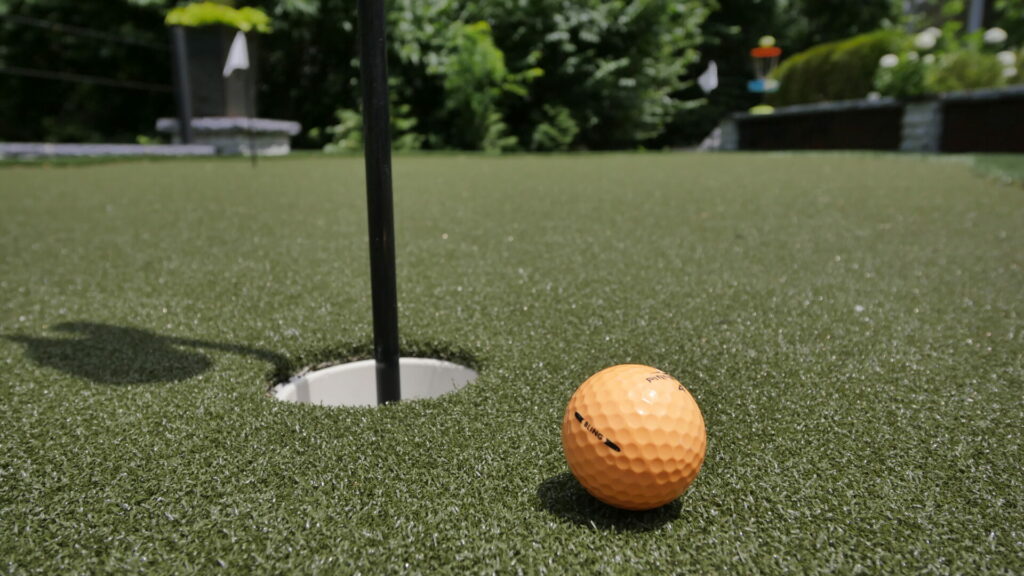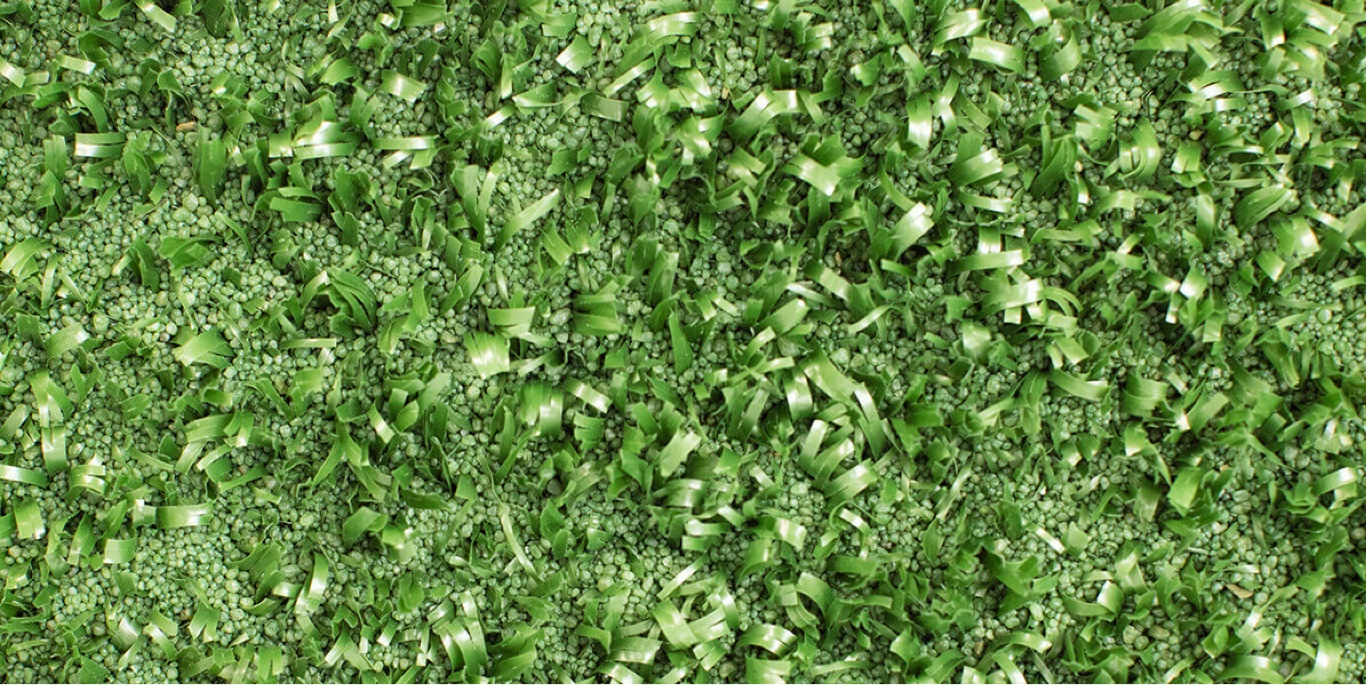
Infill Landscape Blog
Subscribe To Email Updates
Subscribe to our weekly newsletter and we’ll send updates straight to your inbox
Small Infill, Big Impact for Putting Greens
Have you ever seen a putting green in the middle of wild grass? If you have, it probably wasn’t a good one. Everyone realizes that artificial-turf putting greens are quickly becoming the surface of choice for those golfers who are serious about improving their short game. But, what makes these greens all worthwhile at the end of the day? Outside of the convenience and accessibility to your very own home putting green, we want to expose what “lays beneath” your putter that is really making the difference.
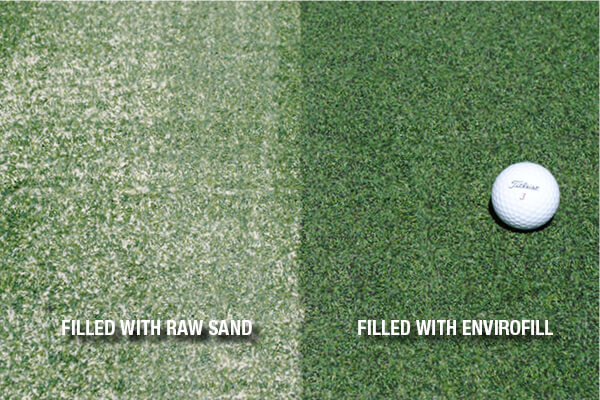
What “lays beneath” your putter that is really making the difference in your golf game?
In the words of Megan Traynor, “I’m all about the base!”
Well Megan, we think you’re on to something, because so are we.
Before we get too “deep in the weeds” (get it?), let’s talk about the turf’s foundation.
Turf foundation
The foundational construction of your putting green may very well be the single most important step in the process of building something that’s going to be good for your golf game. A good artificial turf product for a putting green will require a comprehensive plan for not only the design and layout of the green, but also for the layers of the turf system. Once the area is excavated, the contractor should take into account the slopes, contours, drainage, and stability of the site. A mixture of different kinds of compactible-base aggregates are vital to ensure all of these features work in harmony. The stimp and ball performance will also thank you!
Choose your turf wisely.
There are two primary types of synthetic putting green materials:
-
A longer pile, polypropylene “bent grass” system is typically selected by those golfers who desire more flexibility with how they will use the green. These will allow you to adjust the speed of the surface, chip from greater distances, and promote an overall closer comparison to a natural green, without all of the maintenance of course.
-
A low-pile or texturized nylon product will provide consistency but, not as much speed or flexibility.
The type of infill to protect your turf
Next, the other important consideration to protecting your investment in building a putting green is the type of infill that dresses the top layer of the turf. Your goal here would be to look at what is best for your game: consistency, speed, surface hardness, drainage, aesthetics and the mitigation of mold and mildew. Motz recently launched Envirofill® 30/50 for putting greens. Envirofill 30/50 is a specialized coated sand infill with Microban™ technology to help fight against bacteria, mold and mildew on the surface. The Envirofill also has a unique, rounded design which promotes better water drainage, and Stimpmeter readings. For those confused, the Stimpmeter value— a value commonly measured by a Stimpmeter to compare putting green quality— is “the average distance the ball rolls when released from the fixed point on the tool” (if you want to learn more check out “The love/hate relationship between golf course superintendents and the Stimpmeter continues, but could this tool actually be your best friend?” Lastly, it’s antimicrobial features prevent your putting green from becoming hardened over time. Finally, this product comes in a green and black color which blends right into the turf fibers, resulting in a beautiful appearance that is sure to impress even your harshest critics.
Ultimately, Envirofill is the partner of choice for those committed to taking their game to the next level! Check out our buyer map to find out more information on where to buy Envirofill or speak to an installer.
Similar Blogs
